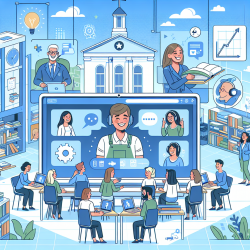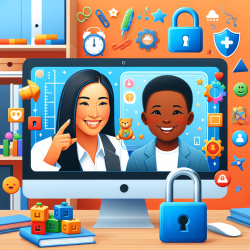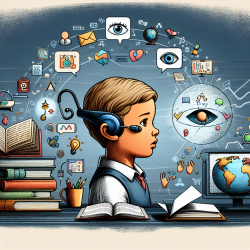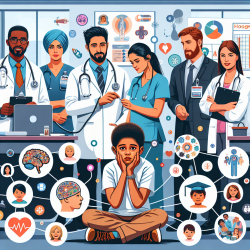In recent years, tele-audiology has emerged as a groundbreaking solution to bridge the gap in hearing healthcare access, particularly for underserved populations. According to the research article, "Breaking Sound Barriers: Exploring Tele-Audiology’s Impact on Hearing Healthcare," tele-audiology leverages telemedicine technologies to deliver synchronous or asynchronous hearing healthcare services, such as remote hearing screening, diagnostic testing, interventions, and rehabilitation.
Key findings from the article suggest that tele-audiology is non-inferior to traditional clinical pathways, offering significant benefits such as reduced travel costs and time, especially for patients in rural or low-resource settings. However, the implementation of tele-audiology is not without challenges, including high infrastructure costs, limited reimbursement, and the need for standardized quality protocols.
Here are some actionable insights for practitioners looking to enhance their skills and implement tele-audiology effectively:
- Utilize Self-Administered Tests: Studies like those by Mealings et al. and Chu et al. demonstrate the efficacy of self-administered hearing tests using mobile apps. These tools can significantly improve accessibility and efficiency in identifying hearing loss in children.
- Incorporate Automated Audiometry: Automated audiometry, as explored by Saunders et al., can be a valuable tool for large-scale hearing screening in rural areas. While challenges like ambient noise must be addressed, the benefits of automated testing are substantial.
- Engage Community Health Workers (CHWs): Research by Eksteen et al. and Manus et al. shows that CHWs can effectively conduct hearing screenings using mobile health technology. This approach can be particularly useful in low-resource communities.
- Adopt Hybrid Models: Combining online and face-to-face modes of communication, as suggested by Ratanjee-Vanmali et al., can provide comprehensive hearing healthcare, from screening to intervention and follow-up.
- Implement Remote Diagnostic Testing: Studies by Ramkumar and Krumm highlight the feasibility of remote diagnostic testing for children with disabilities, emphasizing the importance of having trained facilitators to assist with unique communication needs.
- Explore Tele-Otoscopy: Tele-otoscopy, which allows non-specialists to capture images of the eardrum and middle ear for remote evaluation, has shown mixed results. Training and proper guidance are essential for optimal performance, as indicated by studies from Meng et al. and Erkkola et al.
Tele-audiology presents a promising future for hearing healthcare, but overcoming barriers such as cost, reimbursement, and data security is crucial. Enhancing education and training for students and healthcare workers will also contribute to more efficient and systematic hearing healthcare delivery.
To read the original research paper, please follow this link: Breaking Sound Barriers: Exploring Tele-Audiology’s Impact on Hearing Healthcare.










